The remaining two triads are labeled as such based on the relationship between the root and fifth of the triad; Example 2 Let's pick the note E and build its chordThe notes are EGB = Em (E Minor chord) Each triad has its own formula Major chord Major 3rd interval (2 tones) → Minor 3rd interval (1½ tones) For example, C Major chord CEG The distance from C to E is 2 tones and the distance from E to G is 1½ tones, creating the Major 3rd Minor 3rd Pattern Major and augmented triads both have major thirds Minor and diminished triads both have minor triads Let's look at each one separately Major triads If you are only going to learn one type of triad, then it should be the major triads There are many songs that only have major chords Major triads have an unmistakable upbeat and lively sound The major triad Has a major
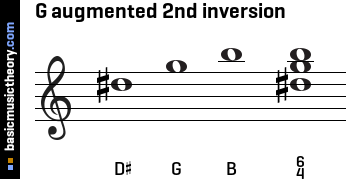
Basicmusictheory Com G Augmented Triad Chord
G major augmented triad
G major augmented triad-Augmented Triad is tlaunchercom/All videos in this series are streamed ove Chord Root Note G Flat ( G♭) Triads A triad is a chord having three notes a root, third, and fifth notes Learn how to build triad chords G Flat major chord G♭ – B♭ – D♭ G Flat augmented chord G♭ – B♭ – D Seventh Chords A seventh chord is a chord having four notes a root, third, fifth, and seventh notes Learn how to build seventh chords




Chord Spelling
An augmented triad can be viewed as a major triad in which the perfect fifth interval (spanning 7 semitones) has been substituted with an augmented fifth (8 semitones) A diminished triad can be viewed as a minor triad in which the perfect fifth has been These CAGED scale patterns help you learn the major scale as it relates to standard CAGED chords For instance, Pattern 1 will correspond to a C chordGaug (G augmented) Notes and structure G B Eb (R 3 m6) Chord Categories basic augmented triad Augmented chord Chord Construction R = G G major interval = B (scale degree = 3rd) B major interval = Eb (scale degree = sharp/augmented 5th) Gaug on other instruments Gaug piano Gaug guitar Gaug ukulele Gaug mandolin Gaug banjo
Augmented Major 7th Chords Finally, let's have a quick look at the rather mysterious augmented major 7th chord (eg CM7 upper case "M" for major), sometimes called a major 7 sharp 5 chord (eg CM7♯5) It's essentially an augmented triad with a major 7th It can also be seen as major 7th chord with a sharp 5thF augmented triad chord The Solution below shows the F augmented triad chord in root position, 1st inversion and 2nd inversion on the piano, treble clef and bass clef The Lesson steps then explain how to construct this triad chord using the 3rd and 5th note intervals, then finally how to construct the inverted chord variations For a quick summary of this topic, have a look at TriadIn this chapter we will first discuss augmented triads triads with a major third and augmented fifth above the root We will go on to look at how an augmented fifth can also be introduced in a dominant seventh chord The chapter will conclude with an examination of dominant seventh chords with lowered fifths 342 Augmented triads Though often listed as one of the four varieties of triads
An augmented chord is a major triad with a raised 5th So a normal C major CEG becomes the augmented or raised CEG# Structure Root, Major Third, Augmented Fifth 1 b2 2 b3 3 4 b5 5 #5 6 b7 7 8 This triad can be notated as C augmentedThe last basic triad in music that we need to learn about is the augmented triad Again, this is not particularly common but allow us to create some interes Again, this is not particularlyMajorthirds tunings are unconventional open tunings, in which the open strings form an augmented triadIn M3 tunings, the augmented fifth replaces the perfect fifth of the major triad, which is used in conventional opentunings For example, the Caugmented triad (C,E,G ♯) has a G ♯ in place of the Cmajor triad's G (The note G ♯ is enharmonically equivalent to A ♭, as
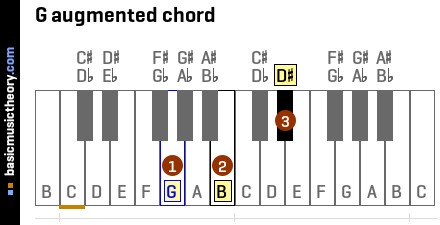



Basicmusictheory Com G Augmented Triad Chord
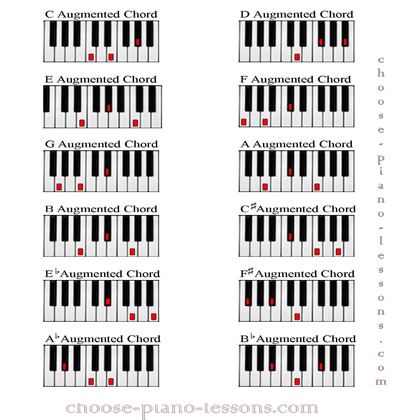



Augmented Chord Basic Chord Piano Lessons For Beginners
49 G Major Augmented Triad Images Augmented triads have an unusual, mysterious sound, while diminished chords have an unsettling, dissonant sound The most commonly used triads In a triad, the root note is at the bottom with the third and fifth stacked above Diminished and augmented chords are two types of triads Augmented triads have an unusual, mysterious sound, while diminished chords have an unsettling, dissonant sound The other two types of triads are major and minorG major chords The Solution below shows the G major scale triad chords (I, ii, iii, IV, V, vi, vii o) on a piano, with mp3 and midi audio The Lesson steps then explain the triad chord construction from this scale, and how to name the quality of each chord based on note intervals For a quick summary of this topic, and to see the chord quality chart for this scale, have a look at Scale chord
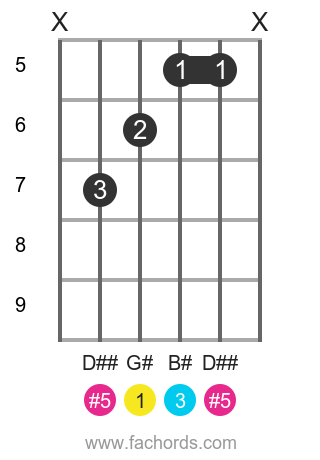



G Augmented Fifth Guitar Chord Charts Variations
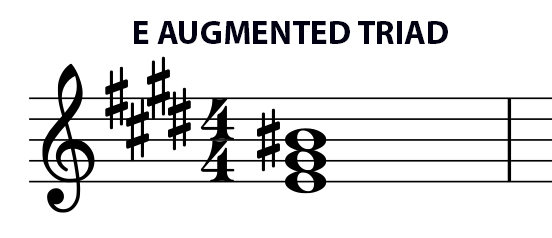



12 Basic Triads In Theory Music Student 101
In music, an augmented major seventh chord, or major seventh sharp five chord, or simply augmented seventh chord is a seventh chord composed of a root, major third, augmented fifth, and major seventh (1, 3, ♯ 5, 7) It can be viewed as an augmented triad with an additional major seventh When using popularmusic symbols, it is denoted by aug M7, M7, Δ 7, M 7 ♯ 5, M This time I'll do the same thing, but with G major and G augmented The Work Remember that a major triad is made of three notes, the root, the third, and the fifth, and an augmented triad is the same, but with the fifth augmented, or raised by a half step Example 1 shows the notes in a G major triad (G B D) and Example 2 shows the notes in a Gaug triad (G BSince a perfect fifth defines the strong harmonic resonance of the two fundamental triads (major and minor), the diminished triad contains a diminished fifth between the root and fifth, while the Augmented What is the tonic triad



Augmented Chord Ricmedia Guitar



Http Learnmusictheory Net Pdfs Pdffiles 01 04 01 Introducingtriads Pdf
G B D# (Eb) The augmented chord is a triad built with two major thirds It is usually notated either as aug or chord The aug chord is symmetric You can divide the scale into three major thirds, meaning that for instance Caug and Eaug will have the same notes Because of this, there are basically only four different augmented chordsIn this video, you will here Chopin's famous Prelude in E minor, Opus 28, No 4, which is harmonically complex and lush It's a great piece to demonstrate thThe G major triad would be G B D Minor Triads Minor triads are constructed in the same fashion as major triads, only based off the minor scale Take the 1st, 3rd, and 5th notes of the scale and you end up with the minor triad Augmented Triads Augmented triads have a cool sound, very mysterious An augmented triad is a major third on top of another major third So basically, you can take a major triad
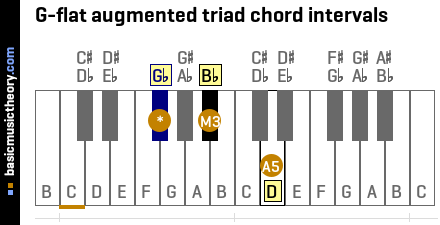



Basicmusictheory Com G Flat Augmented Triad Chord
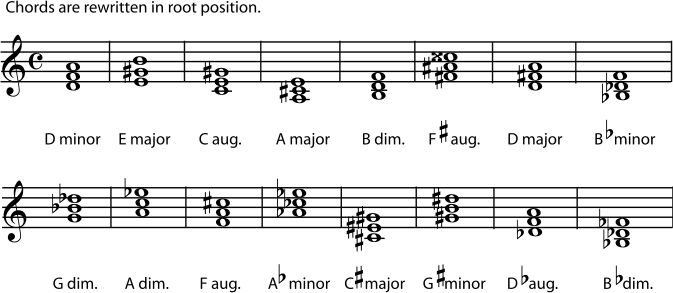



5 2 Naming Triads
An augmented triad is a chord, made up of two major thirds (an augmented fifth)The term augmented triad arises from an augmented triad being considered a major chord whose top note (fifth) is raised When using popularmusic symbols, it is indicated by the symbol "" or "aug"For example, the augmented triad built on C, written as C, has pitches C–E–G ♯Listen to a G major chord in three different positions Figure 59 G major chord in three different positions A much bigger difference in the chord's sound comes from the intervals between the rootposition notes of the chord For example, if the B in one of the chords above was changed to a B flat, you would still have a G triad, but the chord would now sound very different So chords There are a total of 6 commonly seen diminished chord types, though you will only see 3 of them in jazz pieces Here are the 3 diminished chords that can be built from the G major scale dim triad root note, minor 3rd, diminished 5th = Rm3d5 = 1♭3♭5 Alternate symbol o, for example, F# o F# dim = F#AC



3
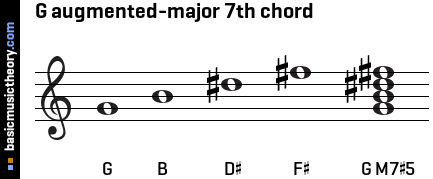



Basicmusictheory Com G Augmented Major 7th Chord
The chord is too balanced, which makes the ear crave a note or chord that can resolve it, often a major chord Switch Chord TypeC Major & D Augmented Triad Pairs Etude COVID19 Gatherings Consequences Washington State Department of Health Watch later ShareTriad chords exist in four different chord qualities, which are major, minor, augmented, and diminished Each chord quality name is the name of the entire chord as a whole, not its individual notes (which will be covered later) Triad chord qualities using the 1st, 3rd and 5th scale notes




Major Thirds Tuning Wikipedia



Augmented And Diminished Chords Open Textbooks For Hong Kong
Augmented Chord In an augmented triad, the fifth or top of the three notes of the chord is sharpened (raised half a step) It is indicated by the symbol "" or " aug " For example, the C triad in a major scale is formed by playing C (the root note), E (the third note), and GThe music theory term triad chord means that 3 or more notes played together, or overlapping Triad chord qualities Triad chords exist in four different chord qualities, which are major, minor, augmented, and diminished Each chord quality name is the name of the entire chord as a whole, not its individual notes (which will be covered later)G Major triads Root Position Root position triads have the lowest note as the root of the chord First Inversion First inversion triads have the highest note as the root of the chord Second Inversion Second inversion triads have the middle note as the root of the chord
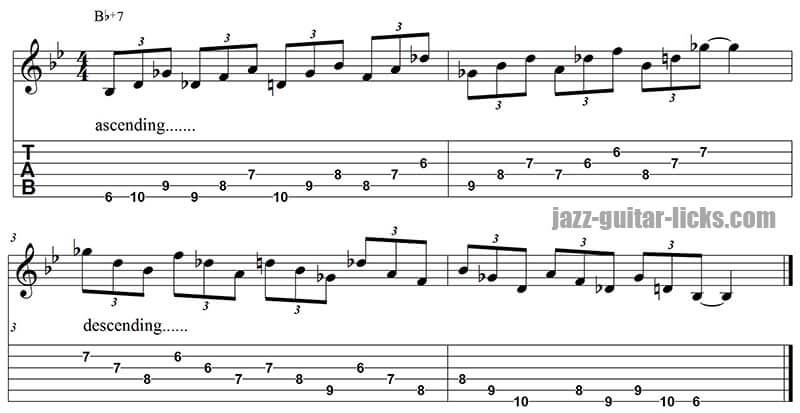



The Augmented Scale Guitar Lesson With Positions And Licks



Understanding Chords Triads Chords
G major triad chord The Solution below shows the G major triad chord in root position, 1st inversion and 2nd inversion on the piano, treble clef and bass clef The Lesson steps then explain how to construct this triad chord using the 3rd and 5th note intervals, then finally how to construct the inverted chord variations For a quick summary of this topic, have a look at Triad chordBasic augmented triad Augmented chord Chord Construction R = G G major interval = B (scale degree = 3rd) B major interval = Eb (scale degree = sharp/augmented 5th) Gaug on other instruments Gaug piano Gaug guitar • Major Third E • Augmented Fifth G♯ About Augmented Chords An augmented chord (abbreviated aug or the symbol ) lacks a tonal focal point The intervals of an augmented triad are both four half steps;




The Augmented Scale Guitar Lesson With Positions And Licks




Augmented Triads Guitar Fretboard Knowledge
Listen to a G major chord in three different positions Figure \(\PageIndex{1}\) G major chord in three different positions A much bigger difference in the chord's sound comes from the intervals between the rootposition notes of the chord For example, if the B in one of the chords above was changed to a B flat, you would still have a G triad, but the chord would nowCsharp augmented chord This step shows the Csharp augmented triad chord in root position on the piano, treble clef and bass clef The Csharp augmented chord contains 3 notes C#, E#, G## The chord spelling / formula relative to the C# major scale is 1 3 #5 Csharp augmented chord note names Note noScale 2869 "Major Augmented" So called because of its augmented fifth, The Major Augmented scale is the 3rd mode of the Harmonic Minor Not to be confused with the Augmented Scale Bracelet Diagram The bracelet shows tones that are in this scale, starting from the top (12 o'clock), going clockwise in ascending semitones The "i" icon marks imperfect tones that do not have a
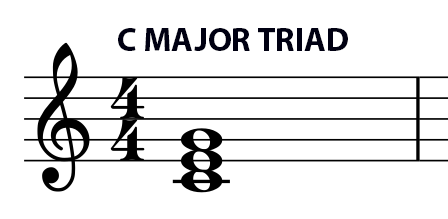



12 Basic Triads In Theory Music Student 101
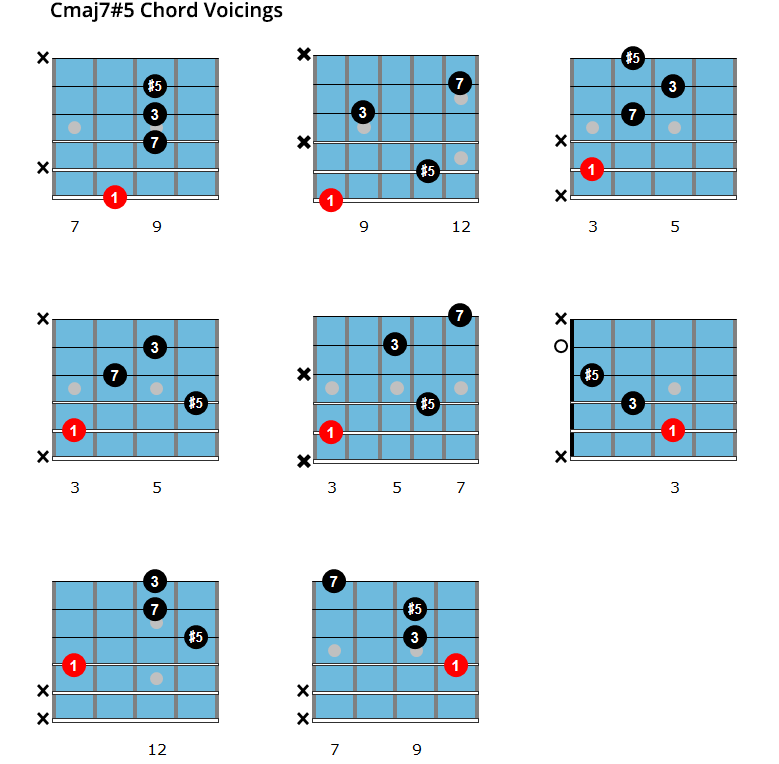



Augmented Major Seventh Chords For Jazz Guitar Maj7 5
1 Aflat augmented chord This step shows the Aflat augmented triad chord in root position on the piano, treble clef and bass clef The Aflat augmented chord contains 3 notes Ab, C, E The chord spelling / formula relative to the Ab major scale is 1 3 #5 Aflat augmented chord note names Note no5 lignes G augmented chord This step shows the G augmented triad chord in root position on the piano,C C – E – G Caug C – E – G# Caug7 C – E – G# A# The only difference between C major and C augmented triads is that the fifth is raised, or augmented, one semistep The augmented seventh chord adds a minor seventh It is, however, not as common to write these chords aug7 as 7 or 7#5 (even the less correct 7 occur)




5 2 Naming Triads




Onmusic Dictionary Term
Chord consists of a root, a major third, and an augmented (raised) fifth This is sometimes notated 13♯5 For example, the C augmented chord includes the notes C, E, and G♯ Here's a quick look at how to build augmented chords on every note of the scale Augmented triadsWhen you learn music theory for guitar triads and triad families should be high on your list of things to understand this helps you to see relationships bet Play each augmented triad in root position, then 1st inversion, then 2nd inversion Play each chord up and down the keyboard for at least 2 octaves maybe 3 octaves Play them with your left hand, then play them with your right hand Then play them hands together Go through all 12 major chords, inverting every one Then go through all the 12 minor chords,
/C-aug-seventh_piano-chord-56a72dd63df78cf772930ef4.png)



Augmented Minor 7th Chords On Piano



13 Triads Fundamentals Function And Form
For each major chord there is a major triad formed from the 5th degree of the scale (G Major in the first measure), and for each dominant chord there is an augmented triad formed from the 2nd degree of the scale (F Augmented in the first measure) The pattern continues, with the triads descending in whole steps, slightly "disguising" the root movement of the chords Each augmented triadIf you LOWER the 3rd of a MAJOR TRIAD, it will become a MINOR TRIAD Below, we see the G MAJOR in the 1st measure become a G MAJOR in the following measure, because we lowered the 3rd If you RAISE the 5th of a MAJOR TRIAD, it will become an AUGMENTED TRIAD Which triad contains an augmented fifth?




G Sharp Augmented Chord On The Guitar G Diagrams Finger Positions Theory




Augmented Guitar Chords Everything You Need To Know




Triads Music Theory Academy




Augmented Diminished Suspended Triads Ugly Bass Face




F Sharp G Flat Augmented Guitar Chord Diagrams




12 Basic Triads In Theory Music Student 101




E Piano Chords Triad Seventh Chords Piano Music Theory




Guitar Alliance Inc Presents Music Theory 101 Member Area



Triads And Seventh Chords Open Music Theory




Triads Music Theory Academy




Major Minor Diminished Augmented Chords Explained Ukulele Tricks




Raise The Fifth Listening For Augmented Triads Musical U




A Treatise On Harmony With Exercises 5 Ft E The Common Chord Ii D N A Abn B 13 Gggjiipeeg Pi I Subdominant Submediant B G Sharp Minor




Music Theory For Bass Guitar Bass Chords 3 Augmented Diminished Triads Talkingbass




G Sharp Augmented Guitar Chord Gtrlib Chords




The Augmented Chord Music Theory For Mandolin Simplymandolin




Chord Spelling
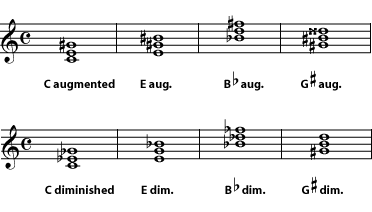



Naming Major Or Minor Triads In Music Theory Chord Inversions




Inside Jazz Augmented And Diminished Forms Premier Guitar




A Complete Guide To Chord Symbols In Music Musicnotes Now




Basicmusictheory Com G Augmented Triad Chord
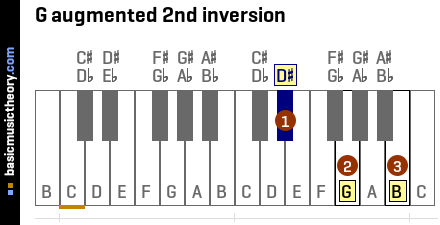



Basicmusictheory Com G Augmented Triad Chord



3 1 6 Musical Composition Digital Sound Music




Augmented Chords For Guitar Gosk
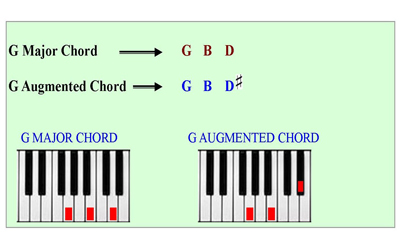



Augmented Chord Basic Chord Piano Lessons For Beginners




Augmented Triad Wikipedia
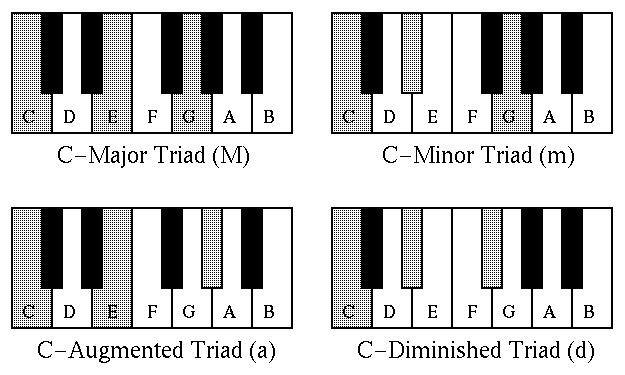



Augmented




Blyl Iy7qcafmm



Musictheoryteacher Com Augmented Sixth Chords




How To Find Piano Chords By Key Julie Swihart




Music Theory For Bass Guitar Bass Chords 3 Augmented Diminished Triads Talkingbass
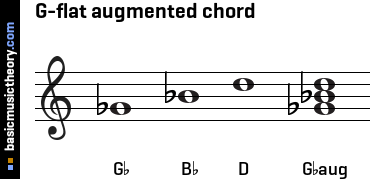



Basicmusictheory Com G Flat Augmented Triad Chord




Augmented Chord Basic Chord Piano Lessons For Beginners




5 2 Naming Triads
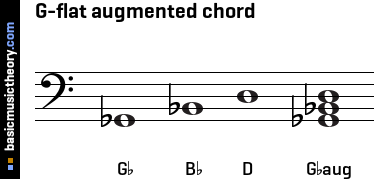



Basicmusictheory Com G Flat Augmented Triad Chord




Visually Learn And Play Diminished And Augmented Triads On The Piano




Augmented Triad Major Chord Guitar Chord Musical Note Angle Text Monochrome Png Pngwing
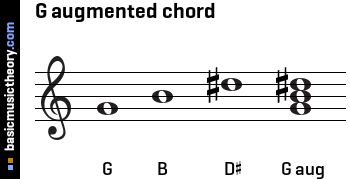



Basicmusictheory Com G Augmented Triad Chord



Triads And Inversions




Piano Chords For Beginners School Of Rock
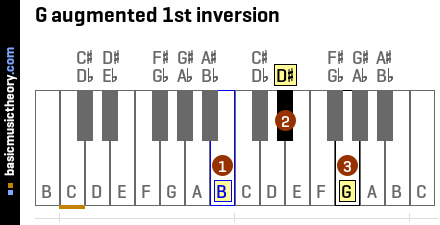



Basicmusictheory Com G Augmented Triad Chord



Unit 13 Music 110 Fundamentals Of Theory




Music Secrets Of Chords




How To Play B Augmented Mandolin Chords
/Triad_c_augmented.svg-583dbcb53df78c6f6a1f986e.png)



What Are Diminished And Augmented Triads
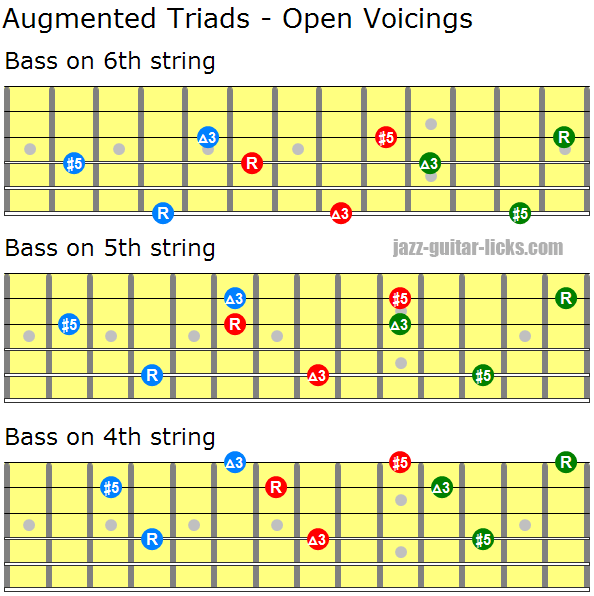



Augmented Triad Chords Guitar Diagrams And Voicing Charts
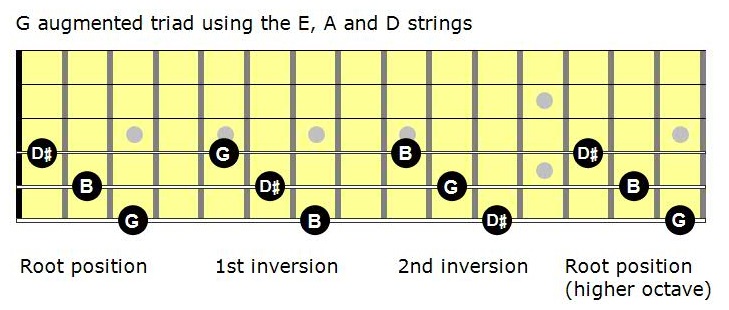



Mastering The Fretboard Augmented Triads Learn Jazz Standards




Augmented Sixth Chord Wikipedia
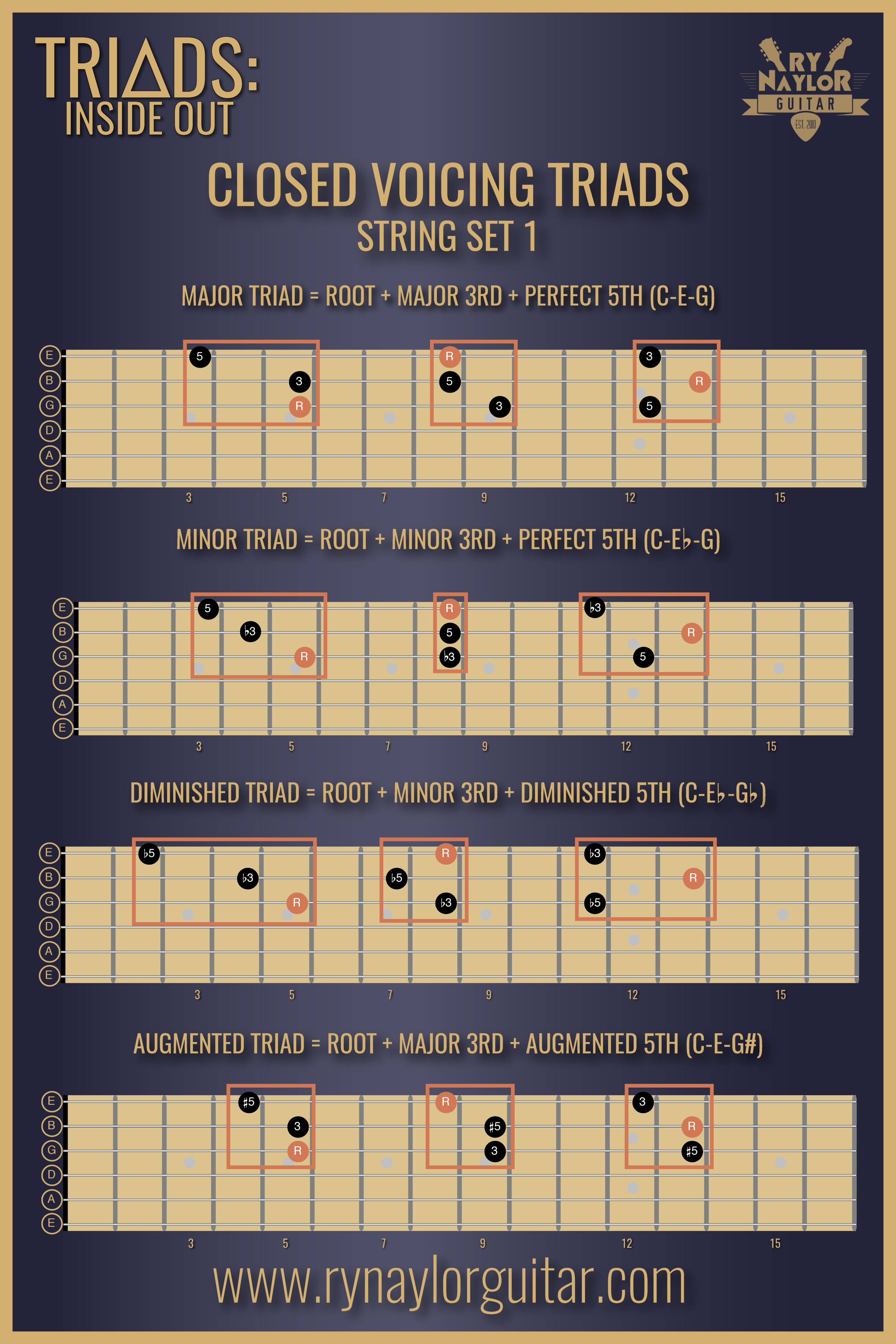



Part 1 Of Triads Inside Out Learning Your Closed Voicing Triad Inversions Ry Naylor Guitar




Basicmusictheory Com G Augmented Triad Chord



Augmented Sixth Chords



1
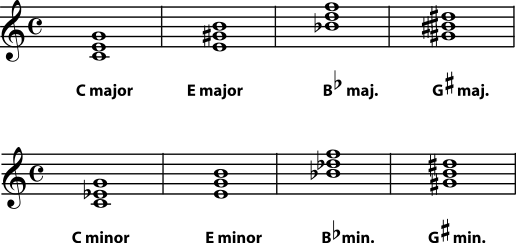



5 2 Naming Triads




Learn 5 Ways To Play A Augmented Chord By Chord Acoustic Guitar
/C-augmented-chord-piano-56f564ca5f9b5829866487b5.png)



Augmented Piano Triads




A Complete Guide To Chord Symbols In Music Musicnotes Now
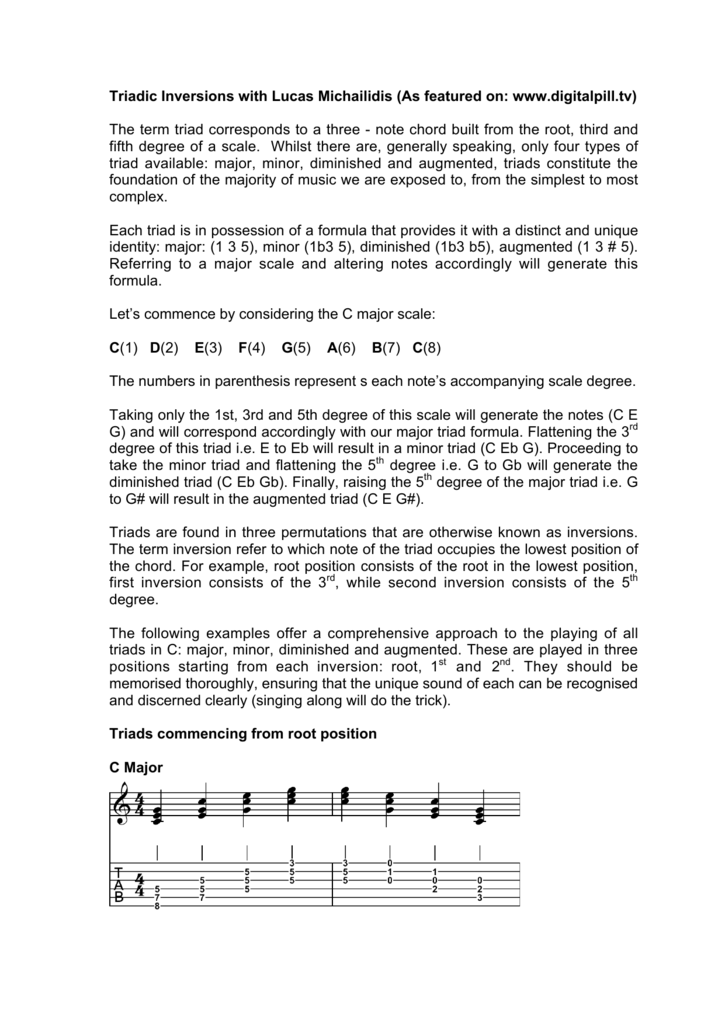



Click Here To A Pdf Of The Lesson
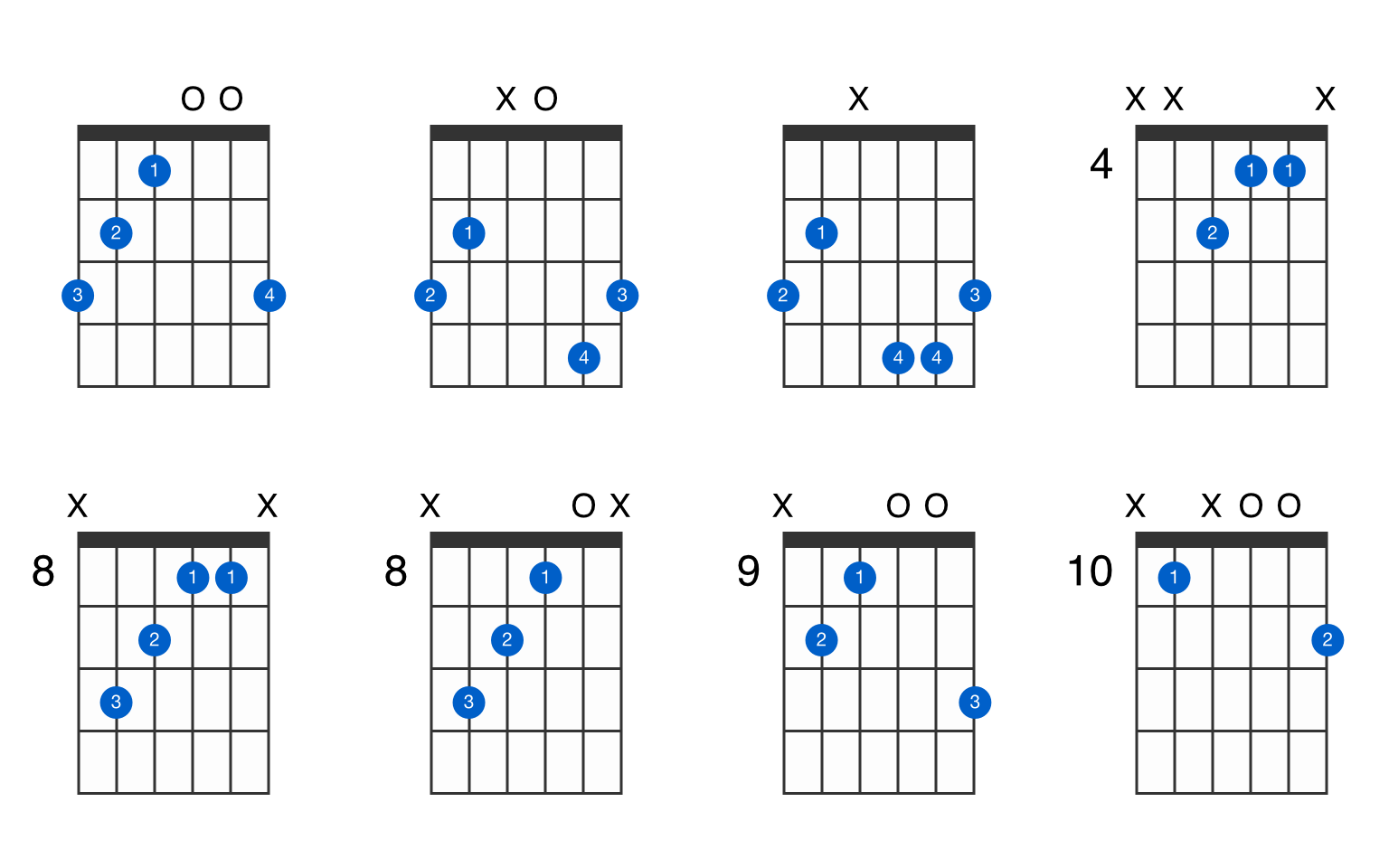



G Augmented Guitar Chord Gtrlib Chords



3



13 Triads Fundamentals Function And Form
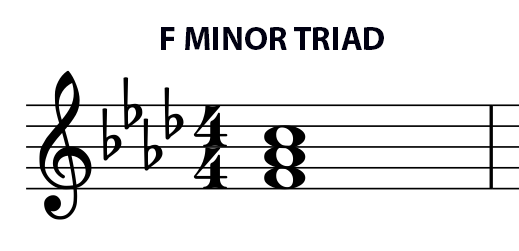



12 Basic Triads In Theory Music Student 101
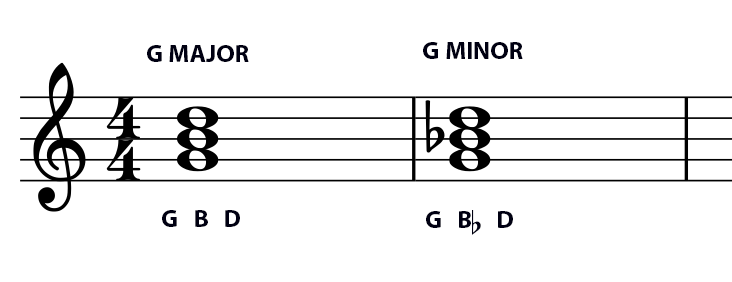



12 Basic Triads In Theory Music Student 101
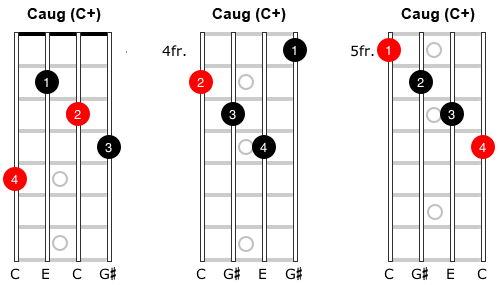



The Augmented Chord Music Theory For Mandolin Simplymandolin



Jla Music The Four Basic Types Of Chords Major Minor Diminished And Augmented Triads



1



Examples With Augmented Sixth Chords
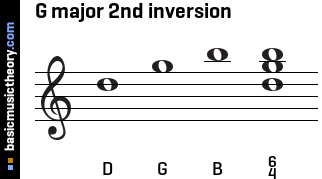



Basicmusictheory Com G Major Triad Chord
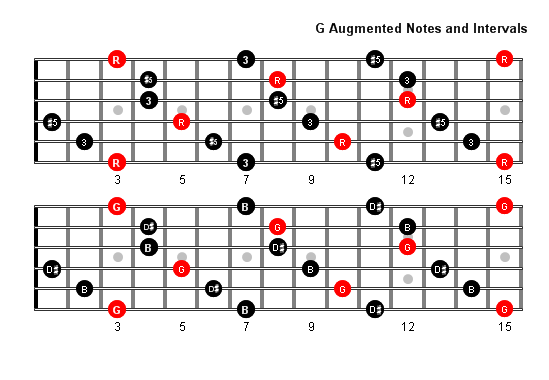



G Augmented Arpeggio Patterns And Fretboard Diagrams For Guitar




Augmented Triads Scored Changes
/C-augmented-chord-piano-56f564ca5f9b5829866487b5.png)



Augmented Piano Triads



Chromatically Altered Subdominant Chords Open Music Theory




Augmented Triad In Pathetique Sonata How Does It Function Music Practice Theory Stack Exchange
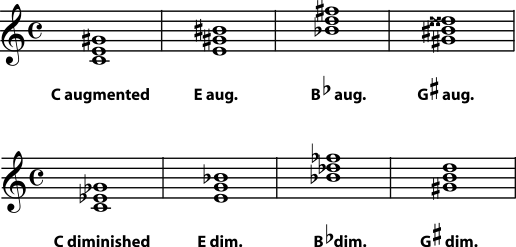



5 2 Naming Triads
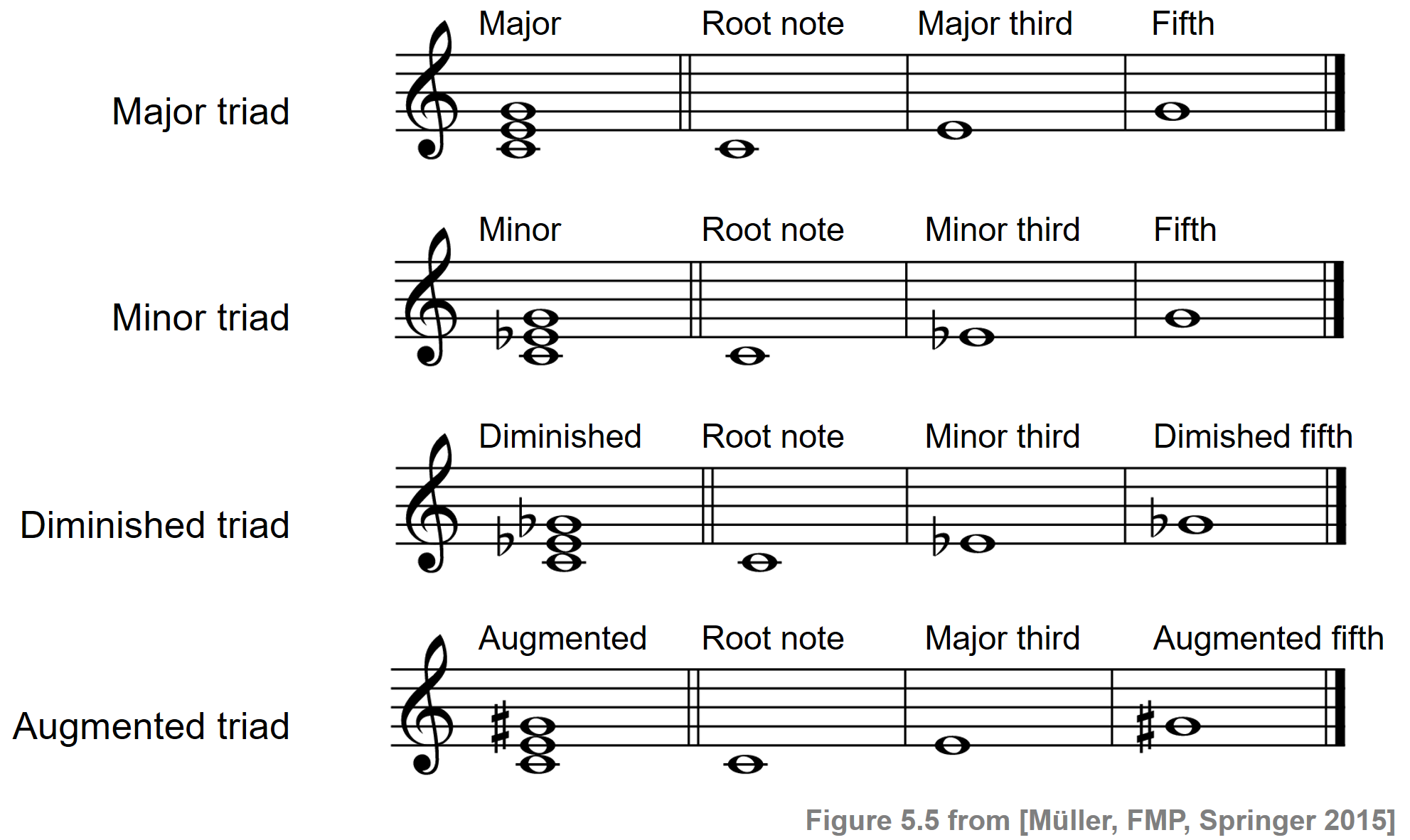



C5s1 Chords




Augmented Triads And Seventh Chords Colorado Music Academy Blog




Music Crash Courses



Unit 13 Music 110 Fundamentals Of Theory
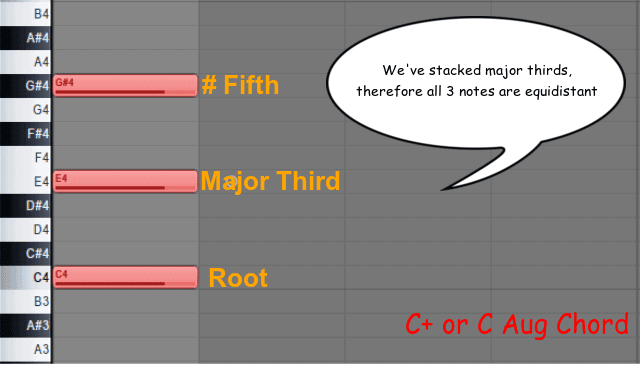



The Definitive Easy Guide To Augmented Chords W Examples
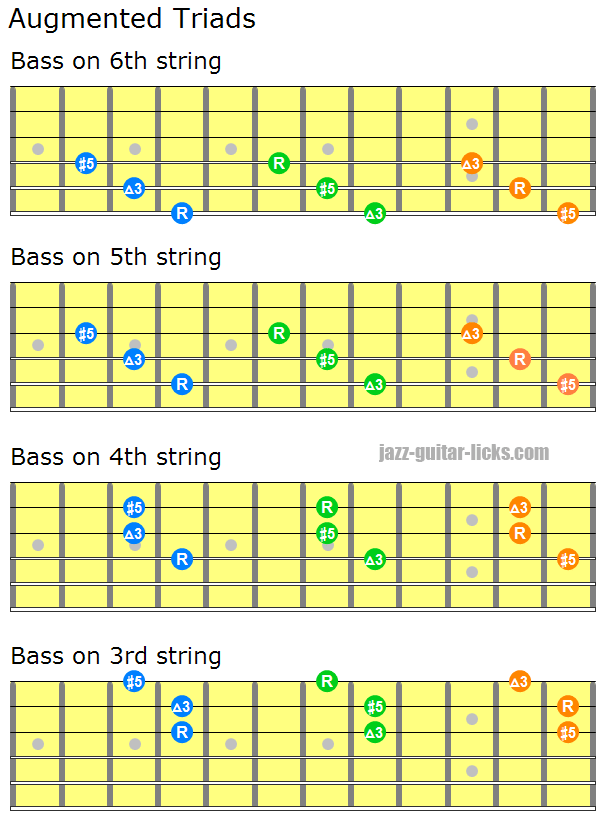



Augmented Triad Chords Guitar Diagrams And Voicing Charts
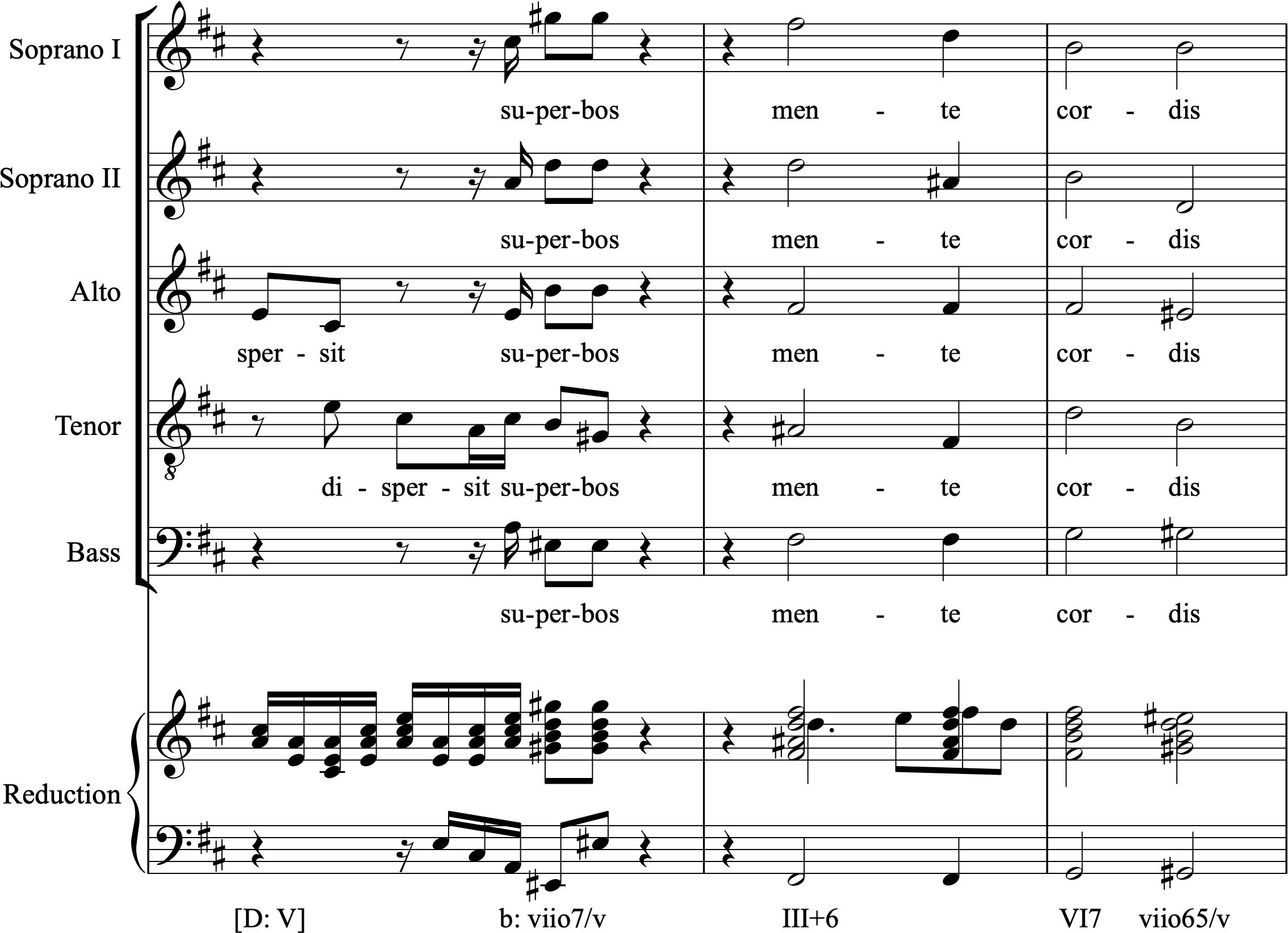



Augmented Options Open Music Theory




A Complete Guide To Chord Symbols In Music Musicnotes Now
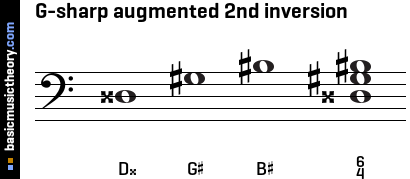



Basicmusictheory Com G Sharp Augmented Triad Chord



0 件のコメント:
コメントを投稿